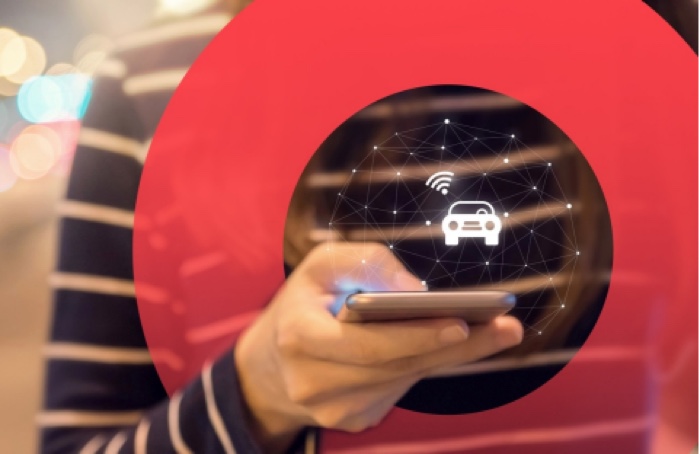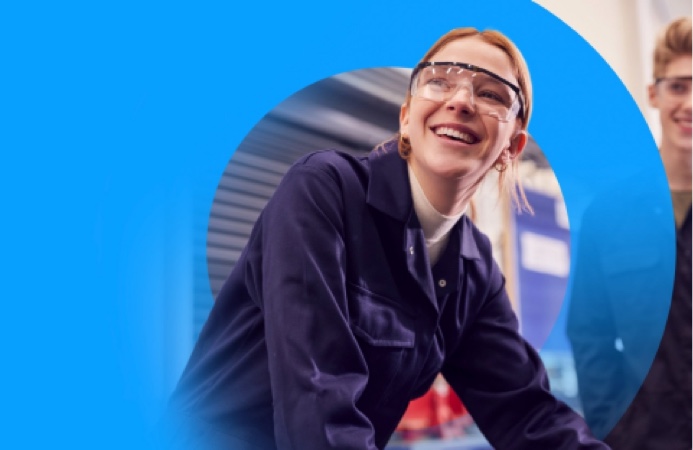What issue can we solve for you?
Type in your prompt above or try one of these suggestions
Suggested Prompt


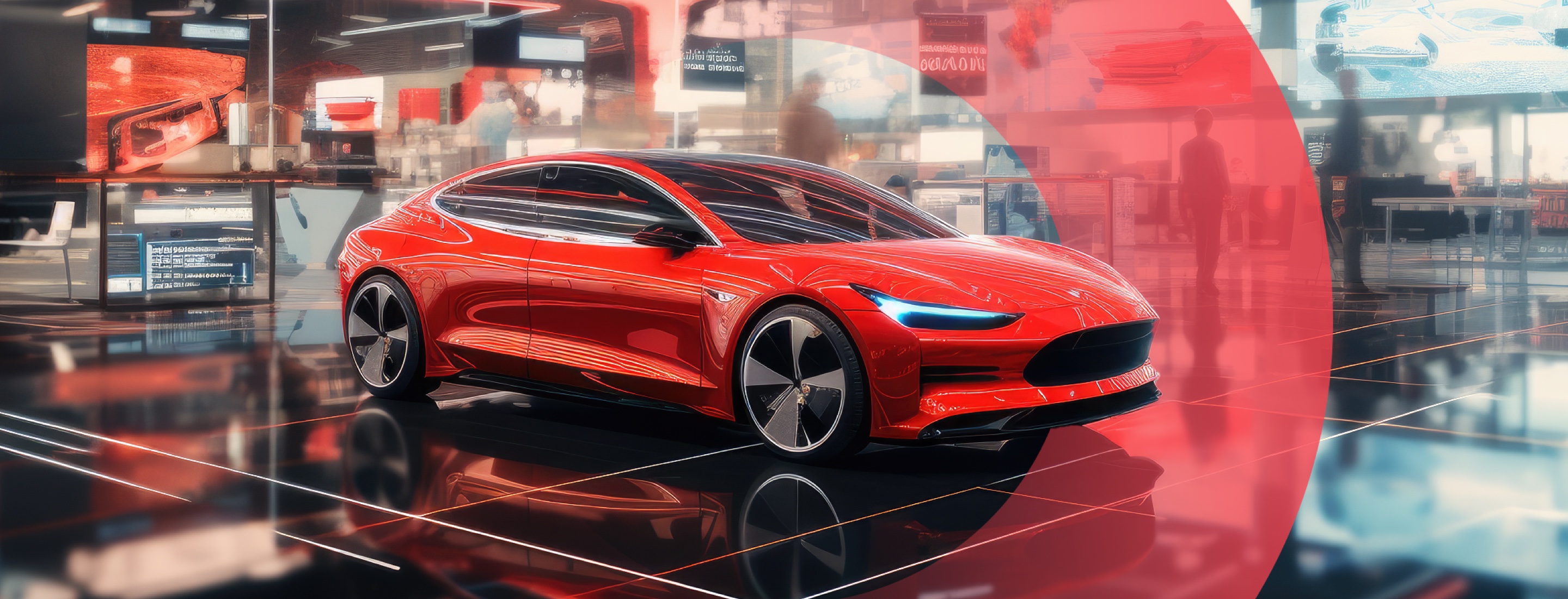
Transportation & Mobility
Boosting Automotive Lifecycle Earnings through OEM Business Optimization
Original equipment manufacturers (OEMs) must optimize their business to stay profitable, but few have cracked the code on how to perfect a profitable automotive lifecycle through a strategic combination of customer and product value in the complex automotive ecosystem. OEMs in the U.S. are primarily focused on selling vehicles to the consumer through a dealership model and optimizing all aspects of the sale to boost profitability. Aftermarket profit is considered a bonus. In Europe, OEMs are experimenting with selling direct to consumers. But worldwide, OEMs are missing opportunities to move beyond the sale to optimize profitability across product and customer lifecycles.
A major key to unlocking value is data. OEMs need the right tools to capture and synthesize data to make better data-driven decisions across different areas of the value chain. Technology tools can help OEMs optimize two key factors: Product profitability over time, or the lifecycle earnings and costs of a unique car or vehicle, and customer profitability over time, or the lifecycle earnings and costs of a customer’s interaction with the OEM. Combined, OEMs can find long-term success through profitable lifecycle earnings.
As OEMs move into new business models for electric vehicles and service content, the need to manage profitability over time increases. Having the right tools can help OEMs maximize the profitability of a portfolio, as well as tailor the portfolio to different markets.
But the journey begins with understanding how to explore the key areas that drive lifecycle earnings.
Analyze customer lifetime value to target investment opportunities
The first part of the lifecycle earnings equation is a factor that is widely discussed across industries, but not yet achieved. OEMs can make better decisions about channel strategies, marketing investments, and customer support initiatives when they understand and maximize customer lifetime value (CLV). Analyzing CLV also allows OEMs to better evaluate their overall business growth strategy as it will reveal which initiatives are working—and which are not.
CLV as a measurement represents the total average profit generated per customer. It accounts for the various interactions and transactions that occur between a customer and a business throughout their relationship. From a revenue standpoint, it factors in both the revenue generated from the customer’s purchases and the costs associated with acquiring, serving, and retaining that customer.
The measurement reveals important findings such as:
- Customer acquisition costs per segment
- Customer retention metrics about customer support and customer satisfaction
- Expansion rate to show the potential of upselling complementary product and services
Understanding customer lifetime value can allow an OEM to act on important insights about how customers interact with the business, and if the overall marketing/sales plan is working as expected. Customer-centric actions based on insights have the added benefit of ensuring that customers remain happy lifetime customers and remain loyal to the business. But while understanding CLV is essential for OEM success, it is only one part of the equation.
Understand OEM profitability by looking at total costs
Although many OEMs are focusing on CLV, they must not ignore the second part of the equation: lifecycle costs. Data can help bring new efficiencies and insights to an organization that result in major cost savings. This is especially important as vehicle costs rise with batteries, in-vehicle computers, AI, and more.
OEMs might be making a profit, but what factors are putting a dent in that profit? It’s important to look at the entire lifecycle of costs—rather than individual costs—to gain a more comprehensive picture. Lifecycle costs would include analyzing the total cost of a product, spare part, system, or asset across its lifespan.
By considering the entire lifecycle, the OEM can understand all costs associated with acquisition (including delivery, installation, and insurance), operation (including energy efficiency, use, and spares), maintenance, and disposal or decommissioning.

OEMs can use lifecycle cost analysis to better understand:
- Business profitability
- Sourcing strategies and supplier selection
- Maintenance, support and operation planning
Think bigger about automotive ecosystem impact
So how can OEMs offset this lifecycle cost? Increasing avenues of revenue through a larger ecosystem is one promising route.
The automotive industry ecosystem includes several players such as OEMs, dealers, suppliers, software companies, and more that all contribute value in unique ways. Each stakeholder is impacted differently based on the solution and by how the business is configured. OEMs have an opportunity to be automotive ecosystem orchestrators that adapt the ecosystem mix to maximize value for both the customer and the business. But they first must know how each player is contributing.
By conducting a full ecosystem impact/value analysis, OEM decision-makers can gain a more comprehensive view of the stakeholders and value pools that drive revenue growth, operational efficiency, and environmental impact. They also can identify which ecosystem partners would be best suited to help deliver offerings that drive profitability with customers. For example, our research found that younger consumers (27% of those 18-24 and 25-34) are excited about in-car purchases, such as buying coffee or groceries. 1Delivering such services will require the help of the ecosystem.
By mapping this comprehensive view of ecosystem partners, OEMs will be equipped to:
- Map value pools and value distribution for different stakeholders and various solutions
- Identify the interdependencies and interactions between different stakeholders
- Develop partnership strategies and perform competitor analysis
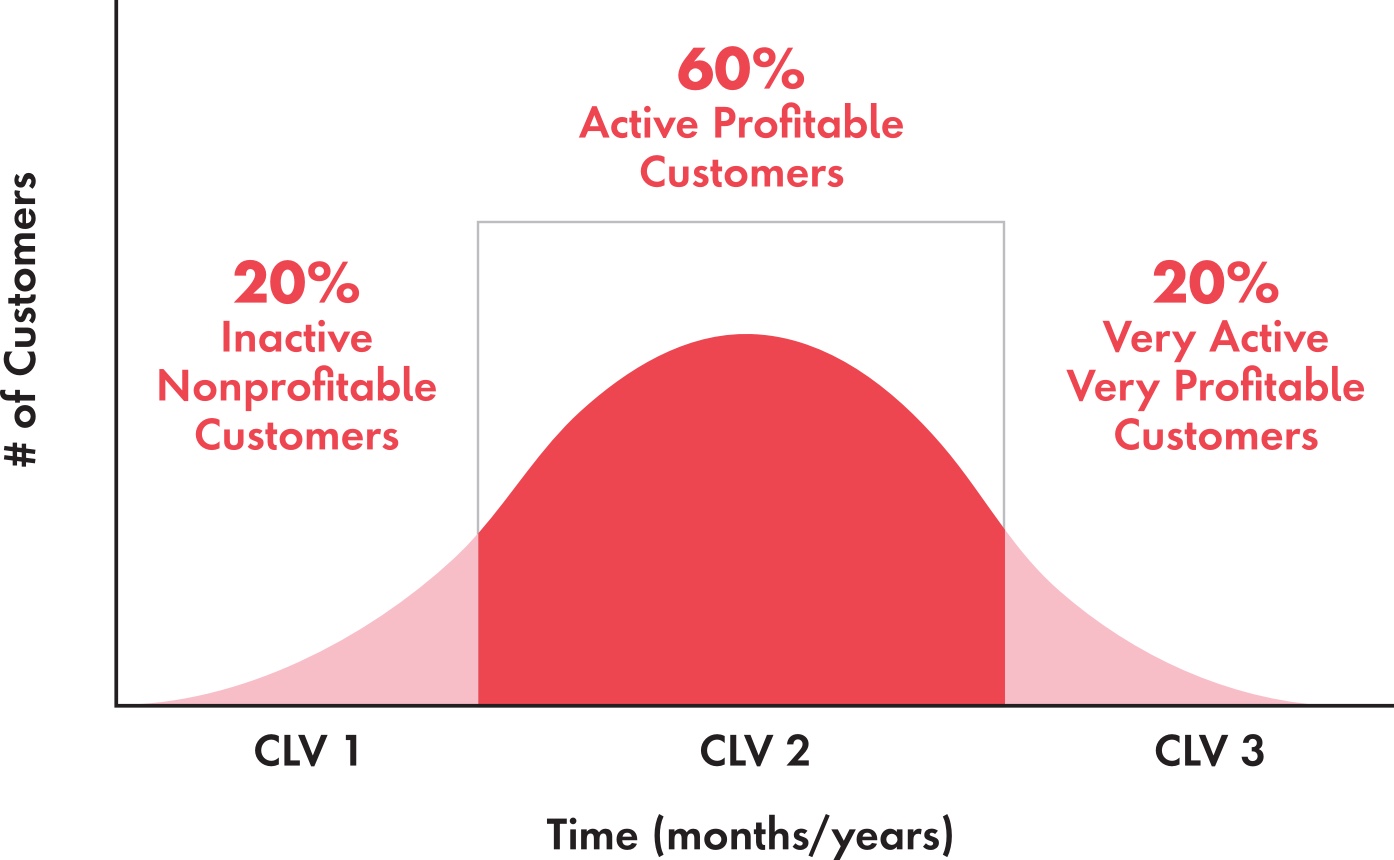
Adding it up
When OEMs add up all these analyses, they can understand lifecycle earnings—the total OEM earnings generated from a specific product range over its lifecycle. This view may reveal opportunities to revamp product planning or to offer new services. Right now, the common model for OEMs is geared toward maximizing one-time earnings from the initial sale, when instead they should be considering a much larger picture of earnings potential.
Since this lifecycle starts from the first point of production, it will be important for OEMs to design a product built for long-term success. Having a “design for aftermarket and services” vs. “design for cost” strategy in the product development process can help OEMs set the path for a vehicle lifetime of revenue opportunities, customer touchpoints, and product developments. By considering this full equation of CLV and lifecycle cost, OEMs can improve earnings and efficiency for a future of strong lifecycle earnings.
1Publicis Sapient 2023 European Car Ownership Report
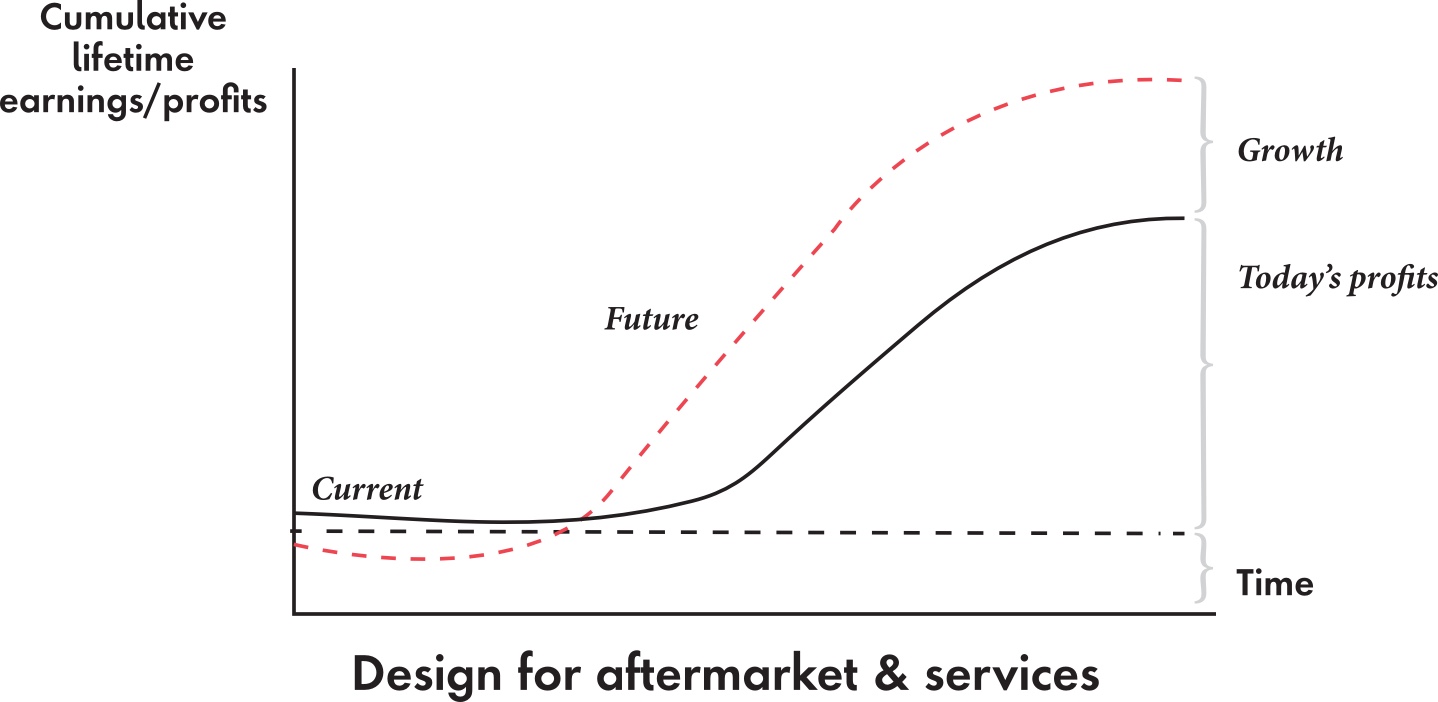
OEMs could use lifecycle impact analysis for:
- Building brand reputation
- Improving product and servicing designs
- Evaluating customer desires including product bundles, software updates, and new features
- Forecasting returning customers
- Reducing supply chain costs
OEMs can make changes to their product and service mix that improve earnings, but that also appeal to customers.
Driving lifecycle earnings for a more profitable future
It’s time for OEMs to crack the code on customer lifetime value by examining all the factors that contribute to it. Other industries are acting on intelligence at scale to achieve repeatable value and results. Your business can, too.
Publicis Sapient helps clients to create profitable ecosystems through our Connected Commerce Toolbox—a suite of solutions for Transportation & Mobility that includes our Seamless Ownership and Lifecycle Optimization (SOLO) solution focused on transforming the automotive post-purchase experience to strengthen brand loyalty, brand advocacy and customer lifetime value (CLV). Combined with our expert SPEED capabilities: Strategy and Consulting, Product, Experience, Engineering and Data, and our culture of impactful personalization, PS is equipped to take your company from now to next.
Work With Us
Are you ready to begin your journey to a new era of value and profitability?
Let’s get started.
Related Reading
-
![]()
Insight
The Power of Post-Purchase: How Automakers Can Maximize Customer Lifetime Value
Enhancing the post-purchase experience can help OEMs build customer lifetime value and stand out in a slowing automotive market.
-
![]()
Insight
From Automaker to Ecosystem Driver: 4 Stages To Orchestrate a Digital Mobility Ecosystem
To develop, deploy and evolve an ecosystem of digital and mobility offerings, there are four stages automakers must go through.
-
![]()
Insight
Accelerating Cloud Technology to Drive CX
Publicis Sapient and Microsoft partnered to create this eBook to guide you through industry obstacles and an approachable path to overcoming them.






